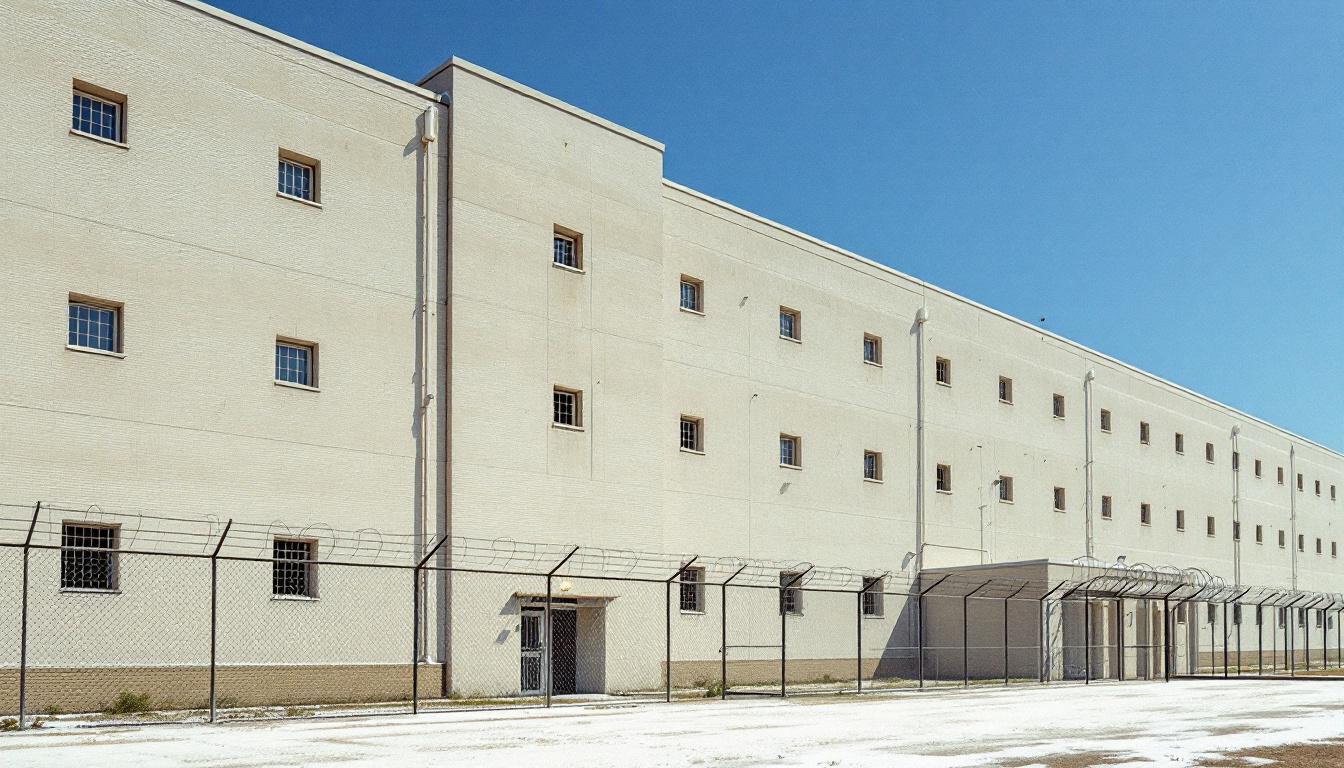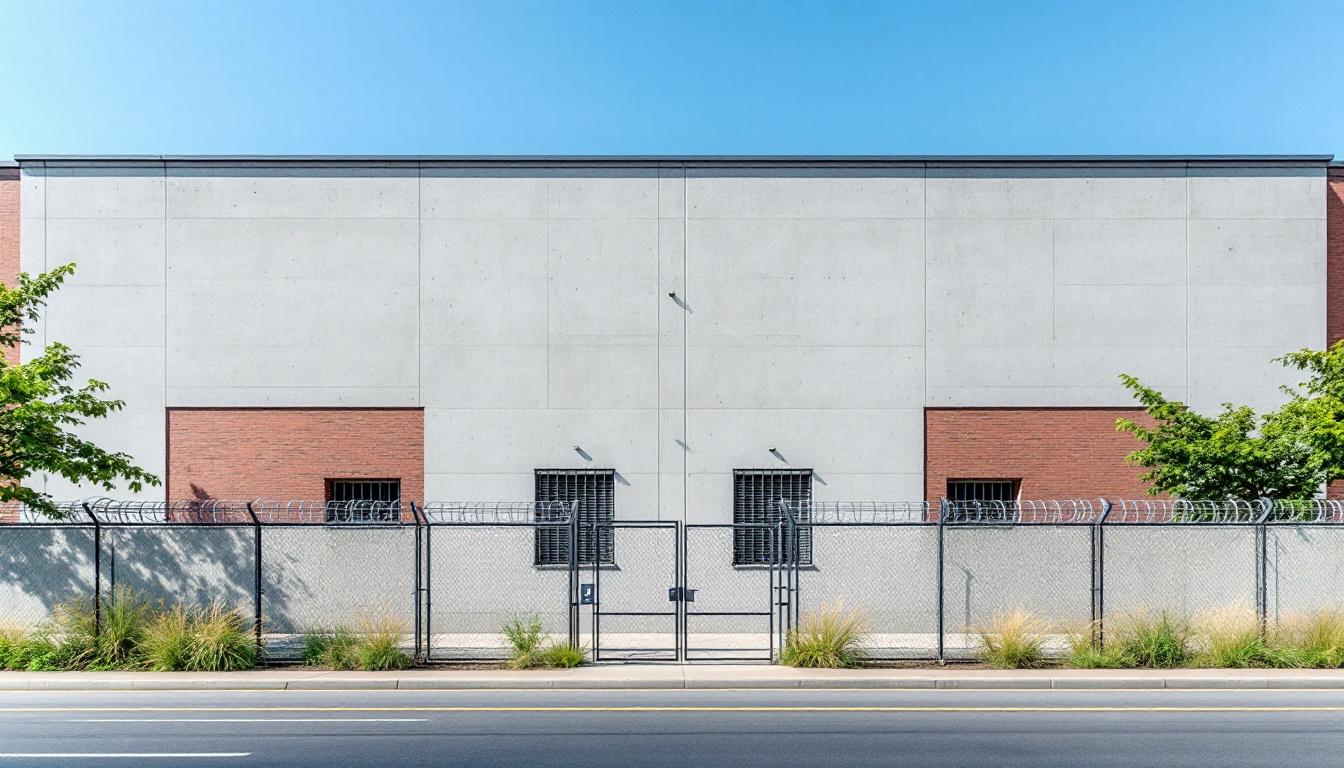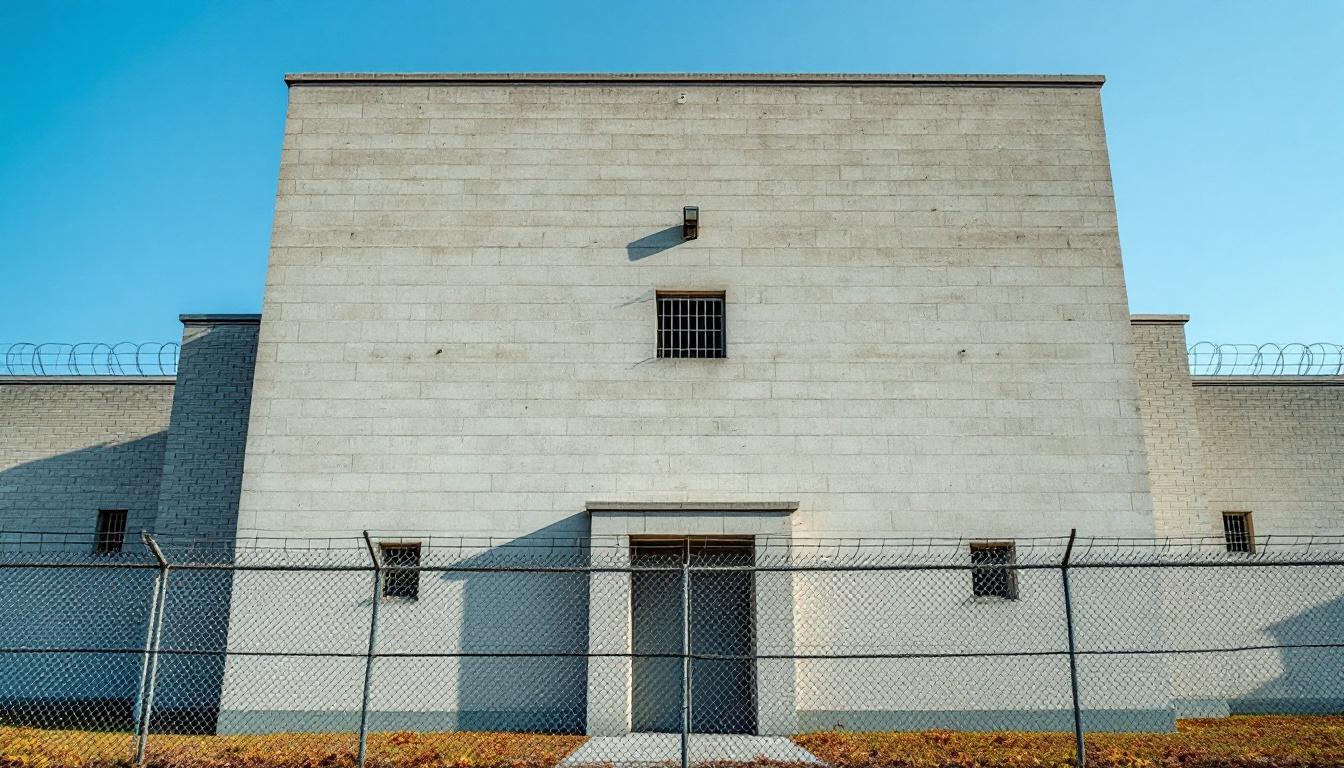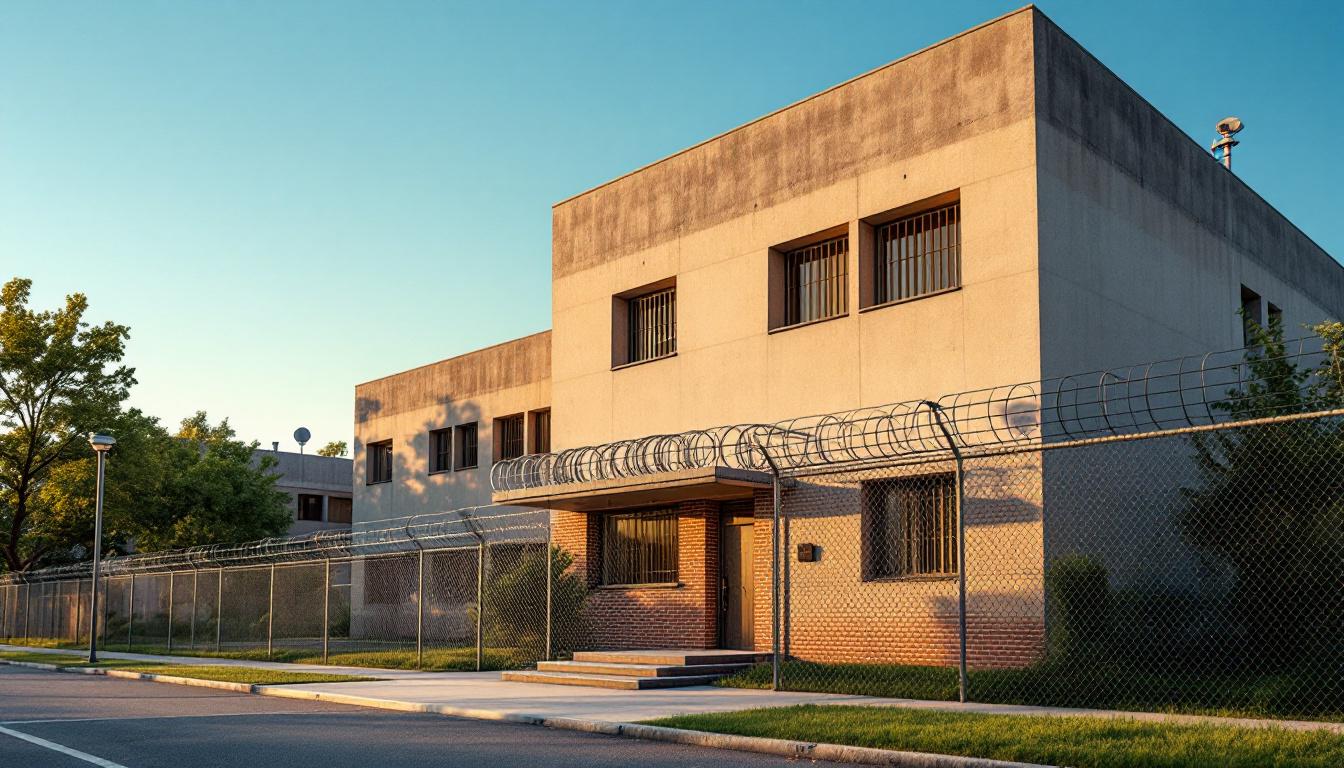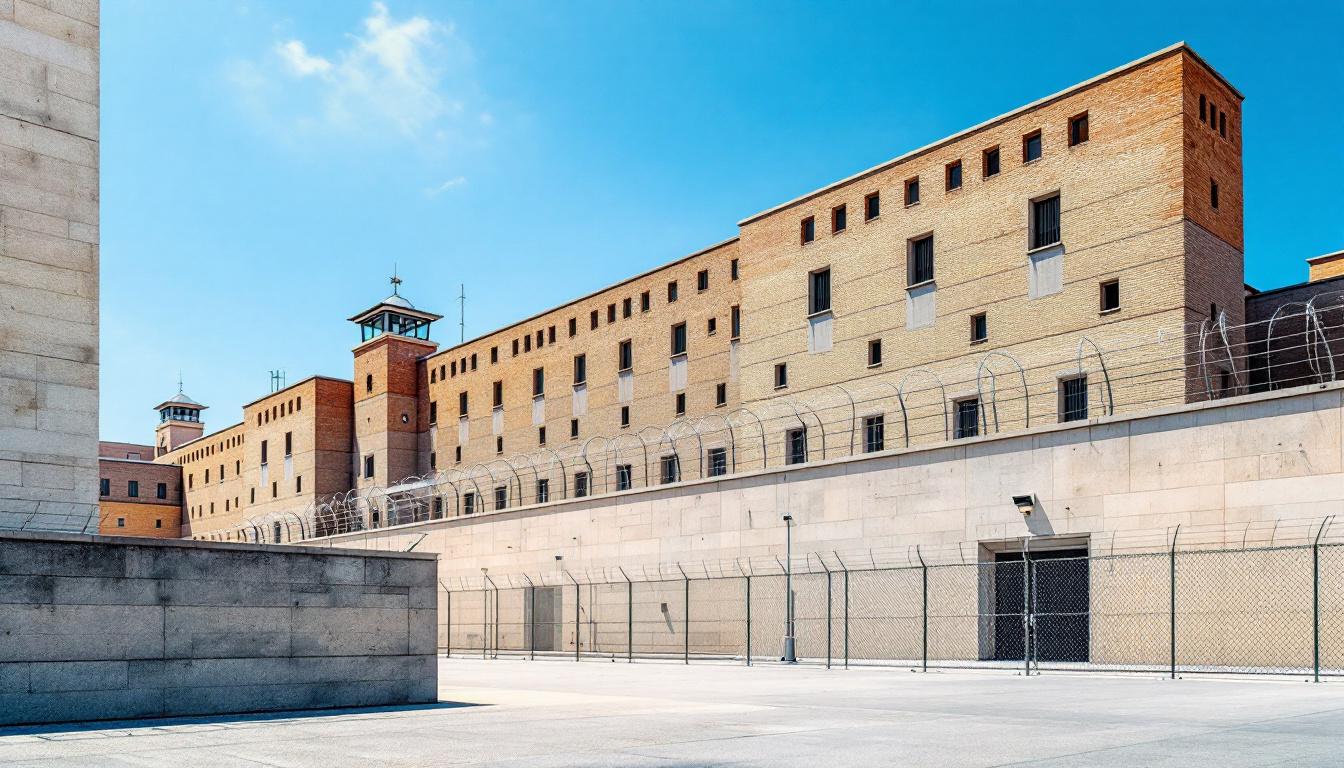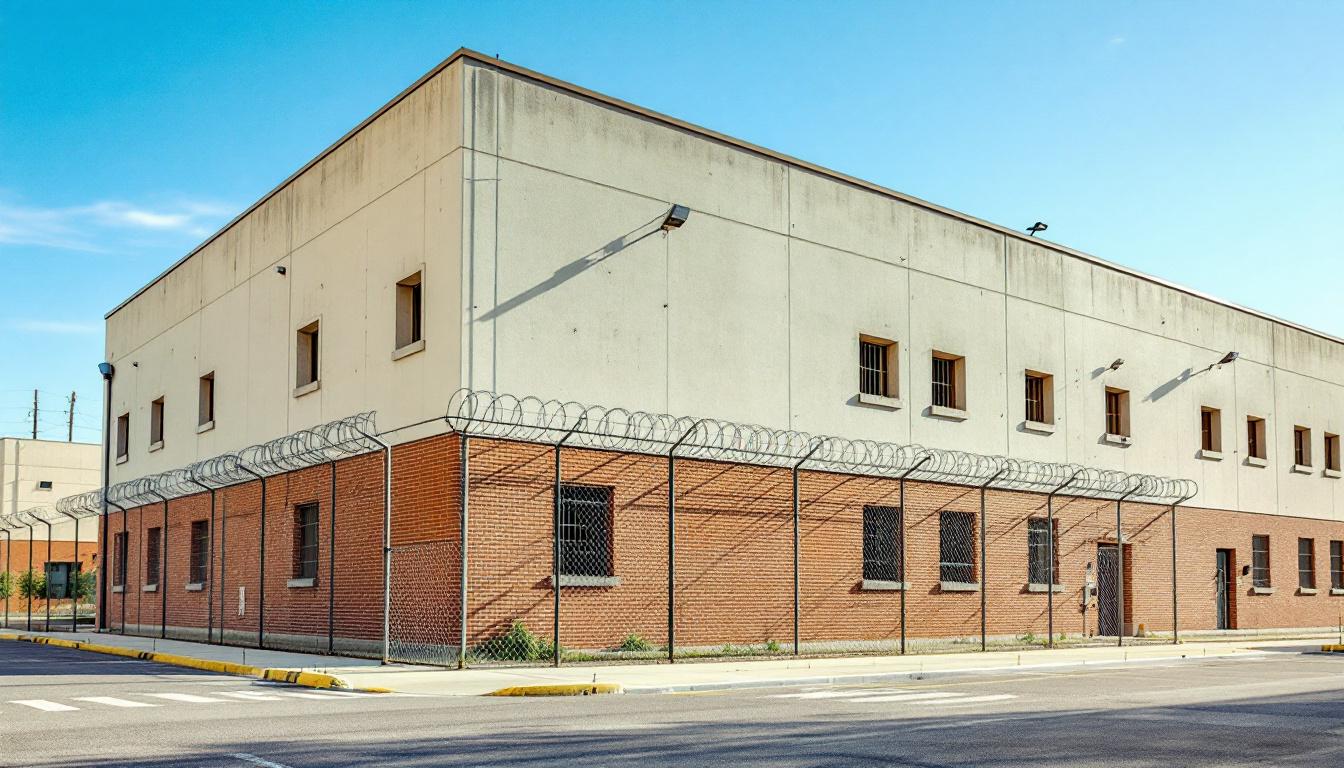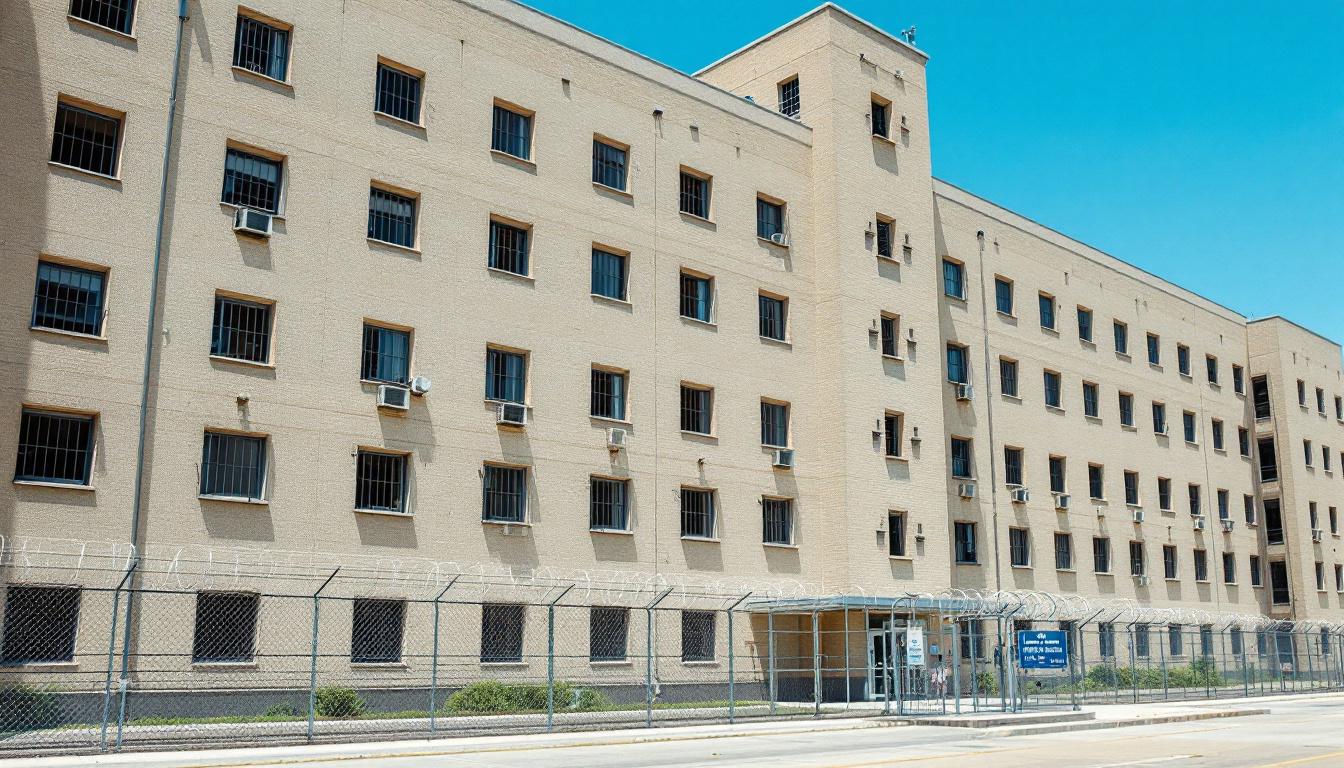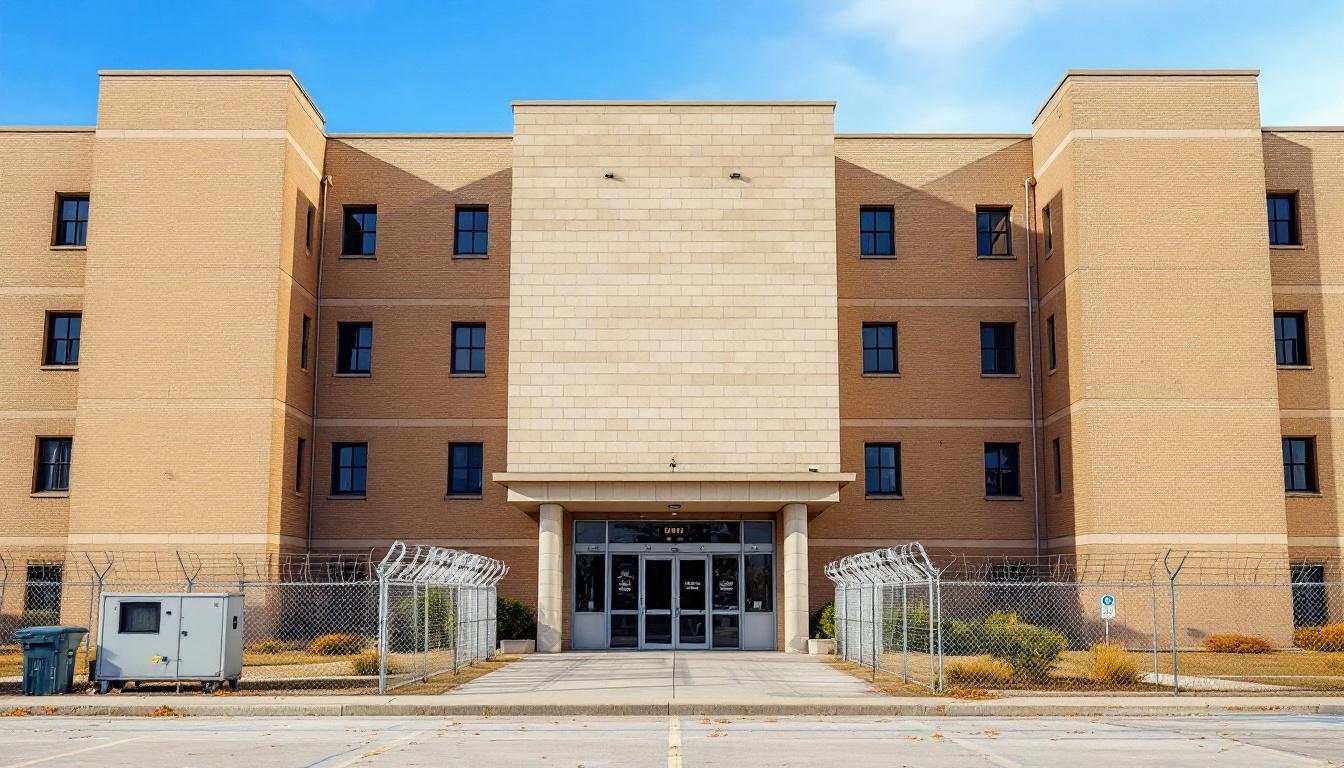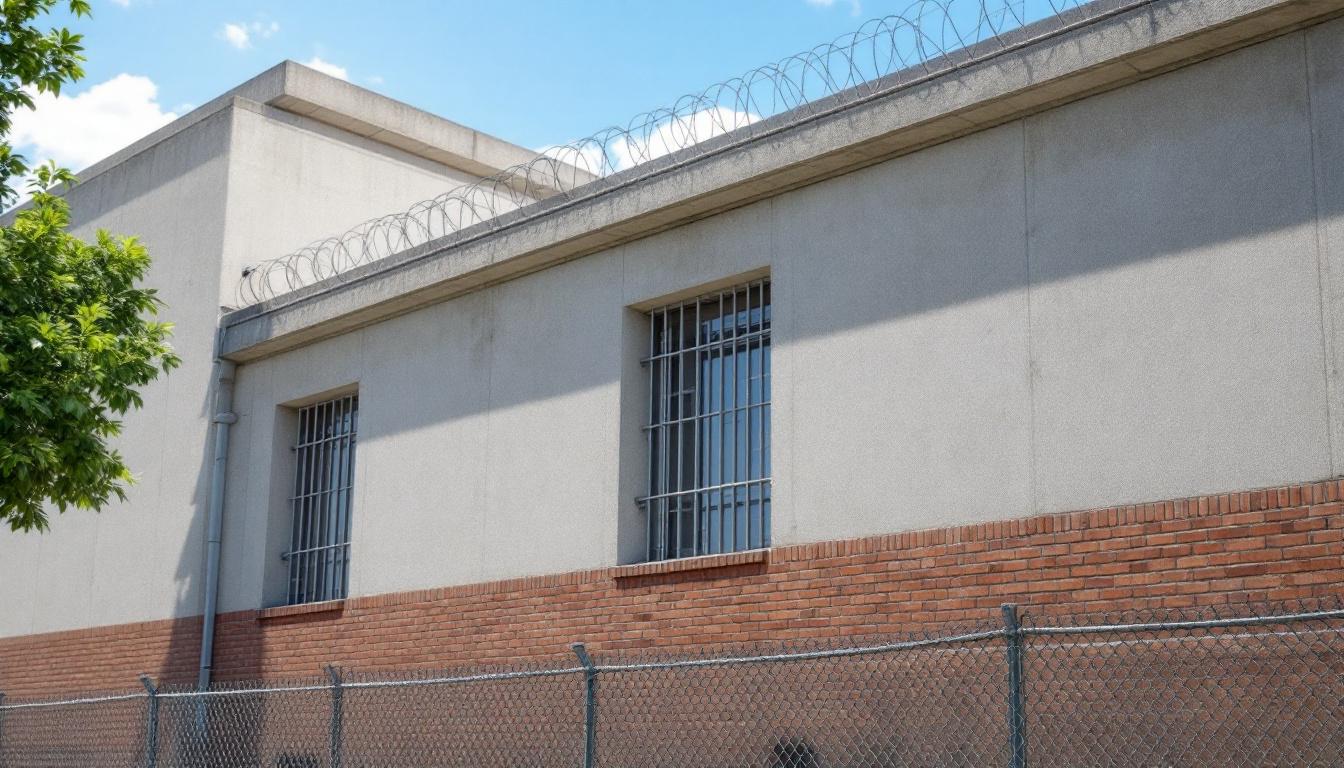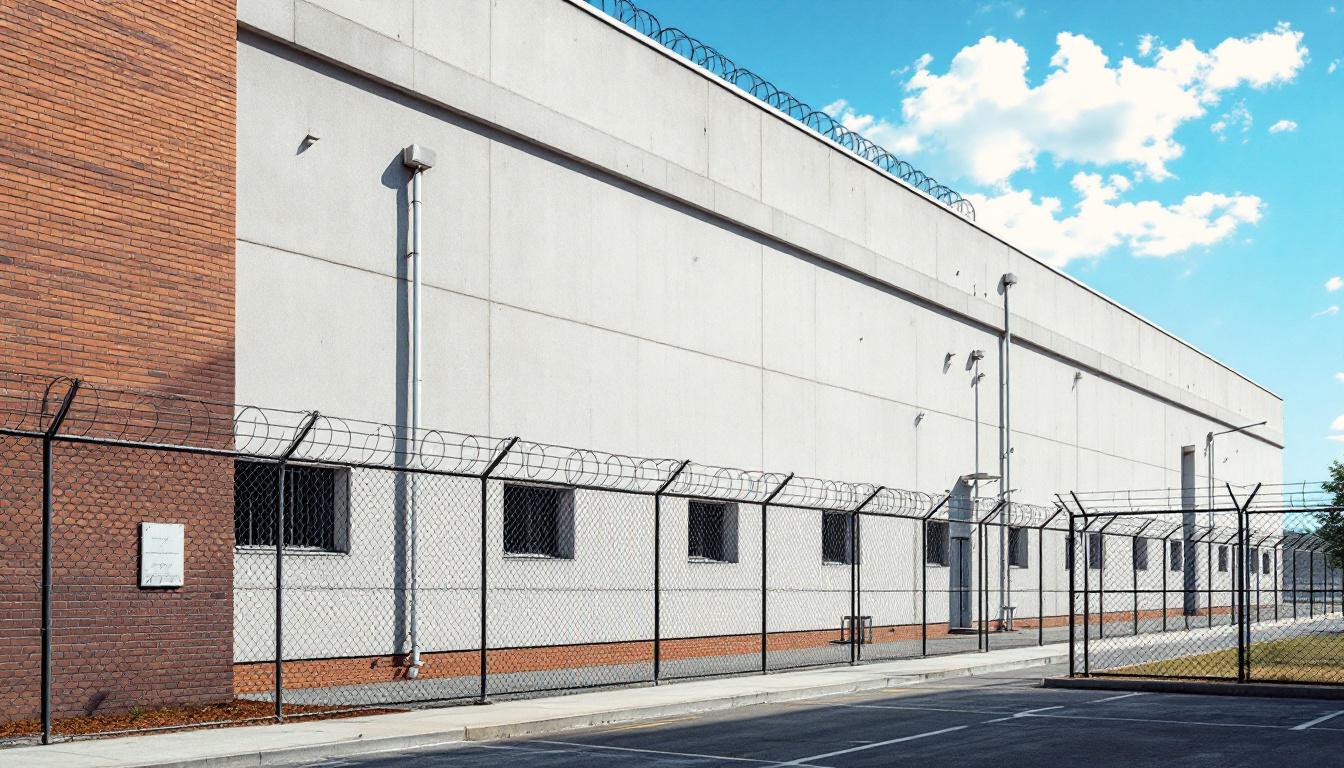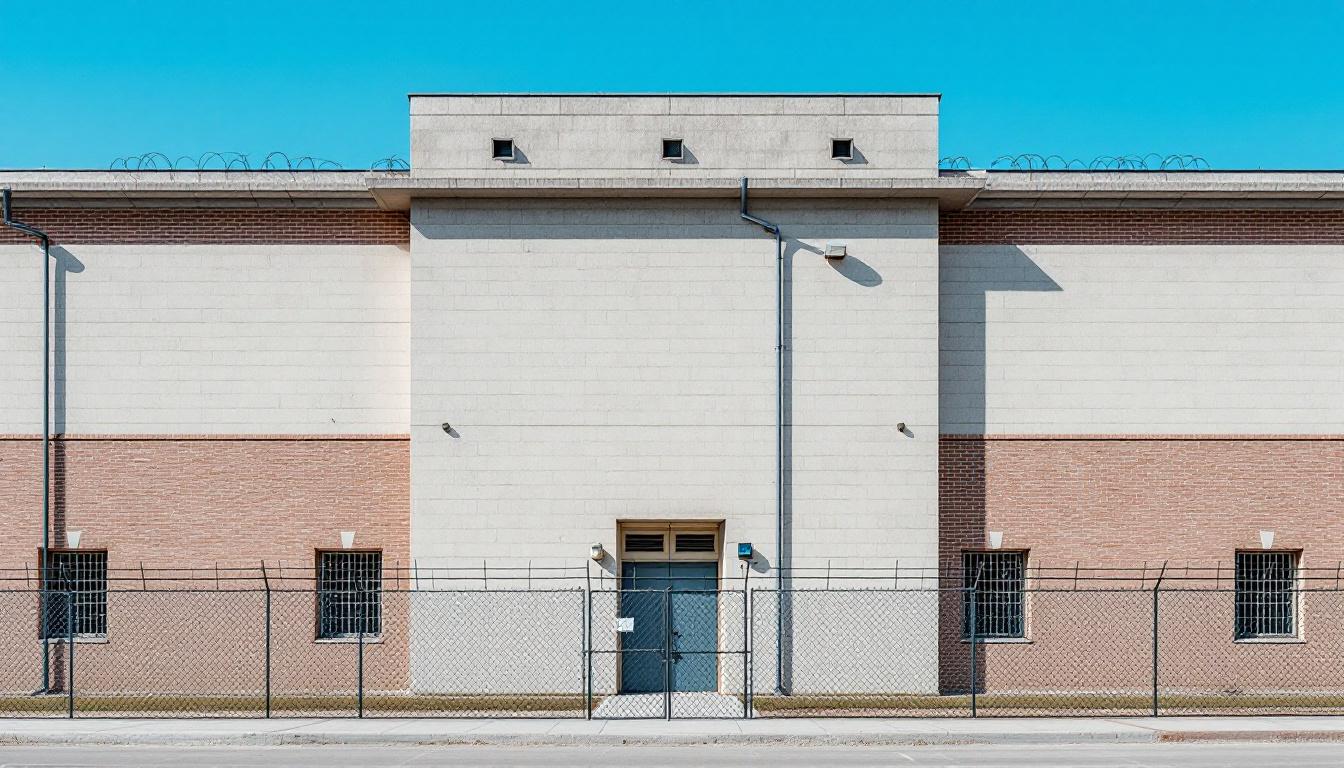
Quick Navigation
How to contact an inmate at Madera County Juvenile
This comprehensive guide will walk you through how to connect with an inmate at Madera County Juvenile. Follow the steps below to find an inmate and send letters and photos:
- Search for the inmate using our search tool below
- Create your account or log in to Penmate
- Write your message (up to 6,000 characters)
- Send instantly - inmates receive printed copies daily
Find an Inmate
Search for an inmate to start communicating today
Tip: You can search by first name, last name, or inmate ID number
To contact a person at Madera County Juvenile start by searching for the person on the facility website. Perform a search by following these steps:
- Step 1: Enter their first name and last name into the search form and click "Search"
- Step 2: Locate their inmate record
- Step 3: Write down their Inmate ID and any housing information provided
Important! Be sure to enter the person's full name. Nicknames should not be used.
How to Send Messages to Inmates

You can use your phone or computer to send emails, letters, and photos to an inmate. Messages are sent electronically to inmate tablets or kiosks at the facility. If you would like to send a message, start by searching for an inmate at Madera County Juvenile.
Sending Photos and Postcards

A great way to send love and support to a loved one at Madera County Juvenile is to send photos and postcards. It only takes a few minutes to send photos from your phone and it makes a huge difference. You can also mail postcards with words of support and inspiration, or design your own postcard for special moments like birthdays and holidays.
Important! Be sure not to send any explicit photos or they may not be approved by the facility. You can also use a photo printing app like Penmate to make sure your photos are printed at the correct size (4x6 or 3x5) and are mailed according to the rules and regulations of Madera County Juvenile.
Frequently asked questions about Madera County Juvenile
-
How long does it take to deliver a message?
If you're sending an email message your letter is usually delivered within 24-48 hours. For messages sent via mail you should expect delivery within 3-7 days. All messages will need be approved by Madera County Juvenile.
-
How much does it cost to send a message to Madera County Juvenile?
You can send a message free using your phone or mail a message via USPS for the price of a $0.60 stamp and envelope. You can also purchase credits or e-stamps from services starting at $1.99.
-
What services can I use to contact an inmate at Madera County Juvenile?
Penmate
You can use Penmate to send letters and photos to an inmate from your phone. It's an easy way to stay in touch during your loved one's incarceration. Use the inmate locator to find an inmate's location and contact information, then you can send messages within a few minutes.
Securus messaging
Securus may be another option for communicating with an inmate at Madera County Juvenile. You can create a friends and family account and purchase credits to send messages. All messages will be reviewed and must be approved by the facility.
JPay
Some county jails and state prisons may support sending messages with JPay. You must register an account with the system, find your loved one, and purchase stamps to send messages. For some locations you can also attach photos.
Smart Jail Mail
You may also check if Smart Jail Mail is available at Madera County Juvenile. Smart Jail Mail is operated by Smart Communications and has contracted with some state and county jails. After purchasing credits, your messages and photos are sent to the facility, printed out, and then handed out to your loved one.
-
What is the mailing address of Madera County Juvenile?
Mailing address:
Madera County Juvenile
14241 Rd 28
Madera, CA 93638
Phone: (559) 675-7930 -
What are the visiting hours at Madera County Juvenile?
Visiting hours at Madera County Juvenile vary by housing unit and security level. Generally, visits are scheduled on weekends and holidays, with some facilities offering weekday visits. Contact the facility directly at (559) 675-7930 or check their website for the current visiting schedule. Visits typically last 30-60 minutes and must be scheduled in advance.
-
What items are prohibited when sending mail to Madera County Juvenile?
Prohibited items typically include: cash, personal checks, stamps, stickers, glitter, glue, tape, staples, paperclips, polaroid photos, musical or blank greeting cards, hardcover books, magazines with staples, and any items containing metal or electronics. Only send letters on plain white paper with blue or black ink. Photos must be printed on regular photo paper (no Polaroids). Always check with Madera County Juvenile for their specific mail policies.
-
How do I send money to an inmate at Madera County Juvenile?
You can send money to an inmate at Madera County Juvenile through several methods: 1) Online using JPay, Access Corrections, or the facility's approved vendor, 2) Money orders mailed directly to the facility with the inmate's name and ID number, 3) Kiosks located in the facility lobby, or 4) Over the phone using a credit or debit card. Fees vary by method, typically ranging from $2.95 to $11.95 per transaction.
-
Can I schedule a video visit with an inmate at Madera County Juvenile?
Many facilities now offer video visitation as an alternative to in-person visits. At Madera County Juvenile, video visits may be available through services like Penmate, Securus Video Connect, GTL, or ICSolutions. Video visits typically cost $10-20 for 20-30 minutes and must be scheduled in advance. You'll need a computer or smartphone with a camera and reliable internet connection. Contact the facility for their specific video visitation policies and approved vendors.
-
What identification do I need to visit an inmate at Madera County Juvenile?
All visitors must present valid government-issued photo identification such as a driver's license, state ID, passport, or military ID. Minors must be accompanied by a parent or legal guardian who can provide the minor's birth certificate. Some facilities require visitors to be on the inmate's approved visitation list, which may require a background check. Contact Madera County Juvenile for specific ID requirements and visitor approval procedures.
-
How can I find out an inmate's release date?
To find an inmate's release date at Madera County Juvenile, you can: 1) Use the online inmate search tool if available, 2) Call the facility's records department, 3) Contact the inmate's case manager or counselor, or 4) Have the inmate provide this information during a call or visit. For privacy reasons, some facilities only release this information to immediate family members.
Facility Overview
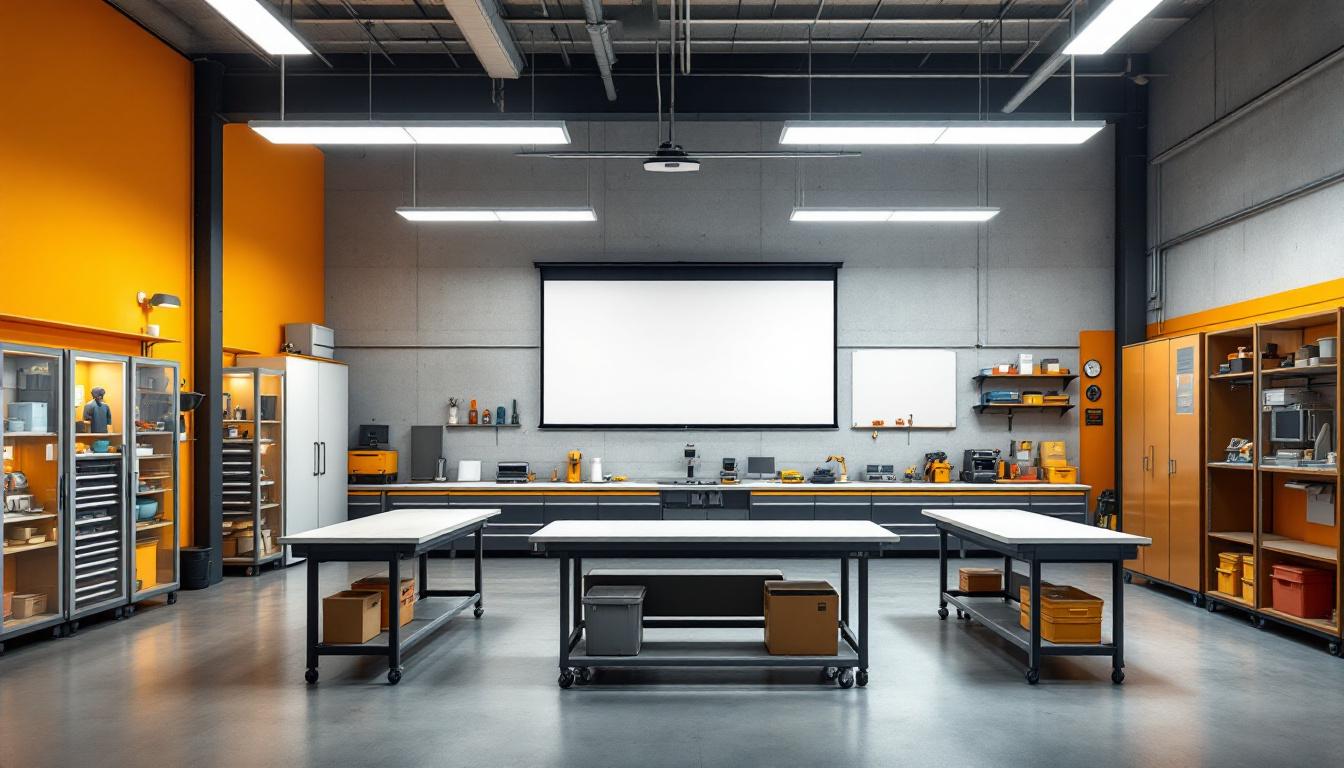
About Madera County Juvenile
Nestled in California's Central Valley, Madera serves as home to a juvenile correctional facility that has evolved alongside the community's changing approach to youth rehabilitation. The Madera County Juvenile Bootcamp, CA represents part of the state's broader network of youth detention facilities, reflecting decades of shifting philosophies about how best to address juvenile offenses while maintaining public safety.
This CA correctional facility typically operates within a structured environment designed to balance accountability with developmental support for young residents. The facility generally emphasizes educational continuity, ensuring that youth can progress academically while addressing the underlying issues that may have contributed to their involvement in the justice system. Residents services often include counseling programs, vocational training opportunities, and life skills development, all aimed at preparing young people for successful reintegration into their communities.
The bootcamp model traditionally incorporates elements of discipline and personal responsibility while recognizing that adolescent brain development requires specialized approaches different from adult corrections. Located in Madera's agricultural heartland, the facility may draw upon the region's work ethic traditions while providing youth with exposure to various career pathways. Family involvement typically plays a crucial role in the rehabilitation process, with programs often designed to strengthen relationships and support systems that will be essential for long-term success after release.
Programs & Services
Comprehensive rehabilitation initiatives at this facility emphasize holistic youth development through structured programming that addresses educational deficits, vocational skill-building, and behavioral transformation. The facility's approach typically integrates evidence-based practices with hands-on learning opportunities, recognizing that successful reintegration requires multifaceted support addressing both academic gaps and practical life skills. Residents often participate in carefully sequenced initiatives designed to build confidence, accountability, and future-oriented thinking through progressive achievement milestones.
Educational initiatives form the cornerstone of the facility's academic recovery efforts, with GED preparation serving as a primary pathway for residents who may have experienced interrupted schooling. These education initiatives often include individualized learning plans that address varying academic levels, while incorporating technology-enhanced instruction and literacy development components. Additionally, vocational training opportunities typically provide hands-on experience in practical trades, with automotive repair representing one of the key skill-building areas where residents may develop marketable competencies. These vocational components often include safety certification preparation and basic mechanical knowledge that can translate into employment opportunities upon release.
Support services and therapeutic initiatives complement the educational framework by addressing underlying behavioral patterns and emotional challenges that may have contributed to justice system involvement. Rehabilitation programs typically incorporate counseling components, anger management strategies, and substance abuse education when appropriate to individual needs. These initiatives often emphasize personal responsibility development, conflict resolution skills, and healthy relationship building through both individual and group-based interventions. The comprehensive nature of these support services may include family engagement components and community reintegration planning to strengthen the foundation for successful transitions back to home environments.
Daily Life & Visitation
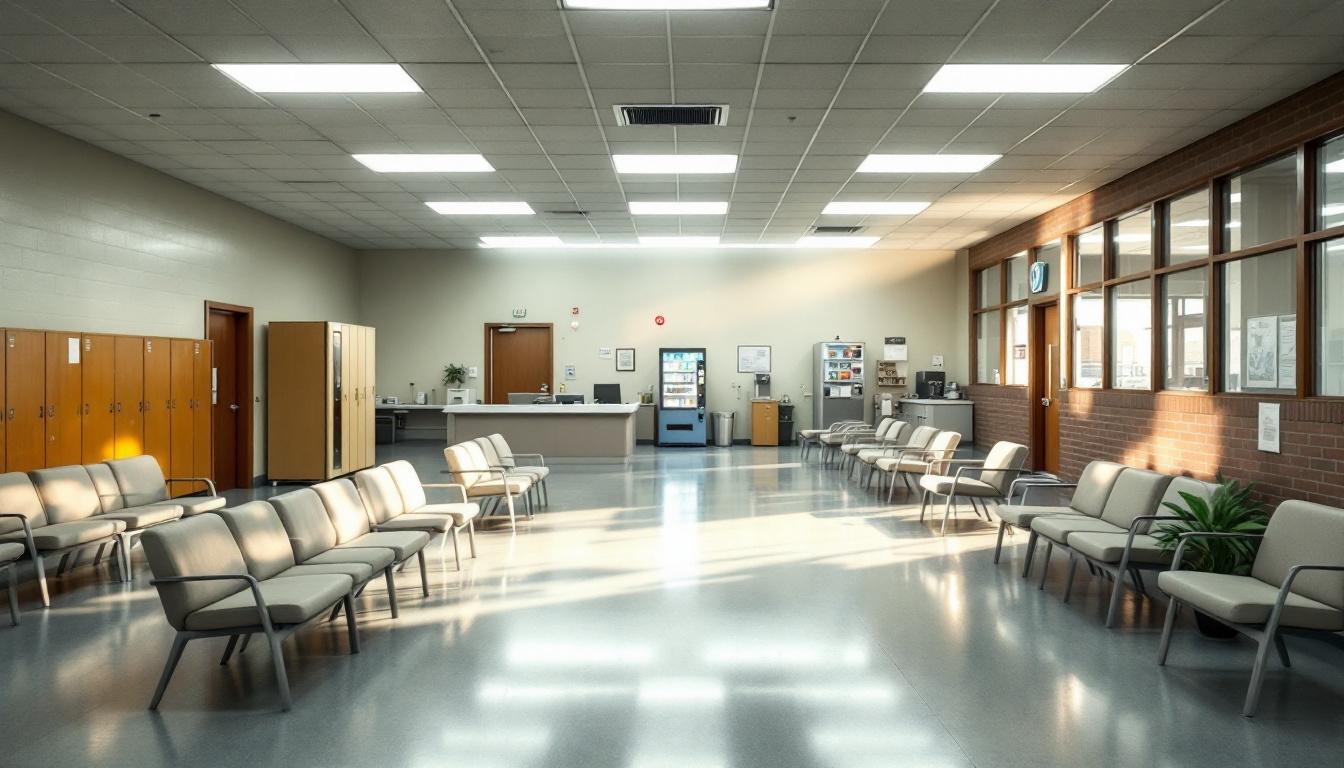
The rhythmic sound of morning wake-up calls marks the beginning of each carefully orchestrated day, where every hour is structured to deliver stability and purpose to young residents. At present, the facility operates on a comprehensive schedule that actively guides residents through educational sessions, physical training, meals, and personal development activities. The structured environment typically begins before dawn with physical exercise and continues through evening reflection periods, ensuring that residents remain engaged and focused throughout their stay.
Living accommodations generally consist of dormitory-style housing units where residents share sleeping quarters under continuous supervision. The dining arrangements usually involve scheduled meal times in a communal cafeteria setting, where residents typically receive nutritionally balanced meals while learning proper dining etiquette and social interaction skills. Additionally, personal property allowances are usually limited to essential items, though residents may often access commissary services for approved personal care items and snacks during designated periods.
While the daily structure remains consistent, recreational opportunities typically include organized sports, fitness activities, and age-appropriate group programs designed to build teamwork and leadership skills. Educational schedules generally encompass both academic instruction and vocational training components, delivered through structured classroom sessions that accommodate various learning levels. Family connections are usually maintained through scheduled visitation periods and supervised phone calls, though specific policies may vary regarding frequency and duration of contact, helping residents maintain important support systems during their time at the facility.
Ready to Connect?
Start communicating with your loved one today
Search for an Inmate
